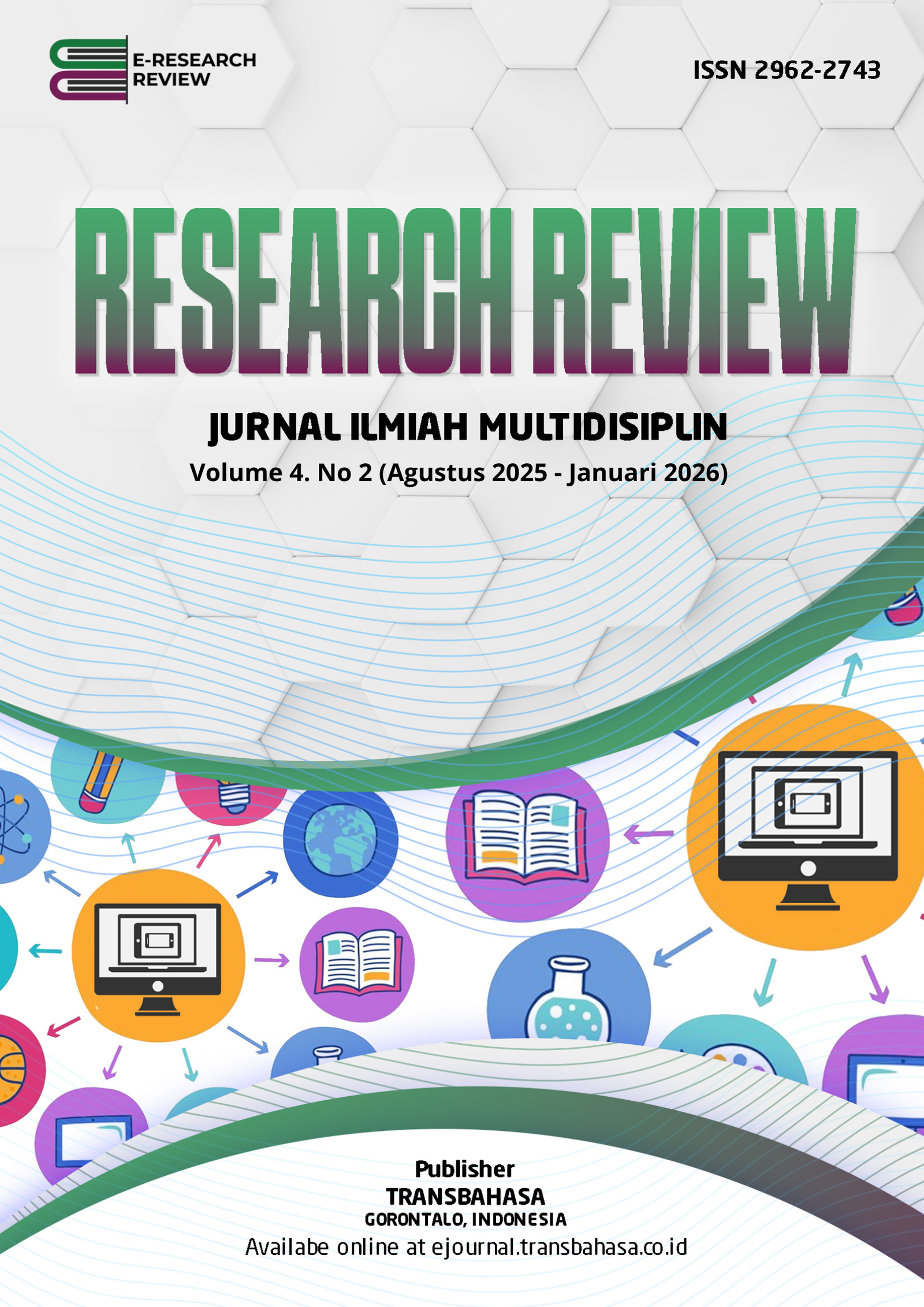Improving Students' Reading Comprehension of Recount Text Through Jigsaw Method at VIII Grade Student of SMP Negeri 3 Limboto
DOI:
https://doi.org/10.54923/researchreview.v4i2.230Keywords:
Metode Jigsaw, Reading Comprehension, Recount TextAbstract
This study aims to investigate the effectiveness of the Jigsaw cooperative learning method in improving students’ reading comprehension of recount texts. The research was carried out at SMP Negeri 3 Limboto, involving 23 eighth-grade students during the 2024/2025 academic year. Employing a quantitative approach with a pre-experimental design, the study implemented one group pre-test and post-test. The research procedure included an initial pre-test to assess students’ baseline reading comprehension, followed by four treatment sessions in which the Jigsaw technique was applied, and concluded with a post-test to measure improvement. The pre-test results indicated that most students fell into the “weak” category, with an average score of 26.43. After the treatment, the post-test results revealed a substantial improvement, with the mean score rising to 70.78. A paired sample t-test was conducted to determine the statistical significance of the difference between pre-test and post-test scores. The analysis produced a significance value of 0.000 (p < 0.05), confirming that the improvement was statistically significant. The findings suggest that the Jigsaw method fosters active participation, peer collaboration, and deeper understanding, which in turn enhances reading comprehension skills. Specifically, the approach was effective in enabling students to identify key ideas, sequence events, and comprehend details within recount texts. Based on these results, the Jigsaw technique is recommended as a practical instructional strategy for teaching reading comprehension in junior high schools.







